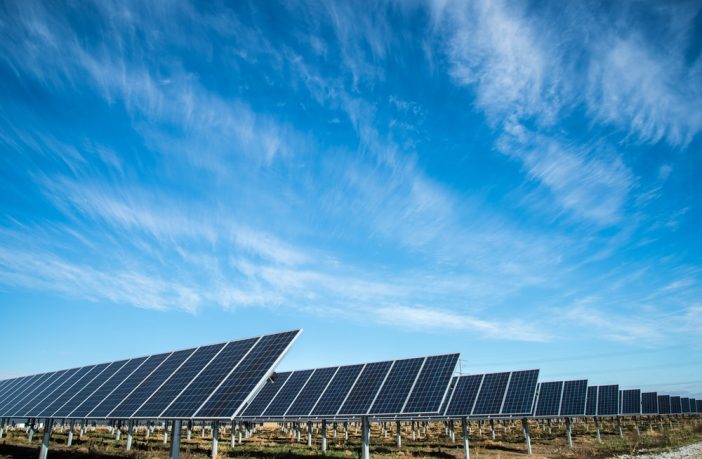- Mercom Capital Group has released a new report on funding and merger and acquisition activity for the global solar sector in the first quarter of 2019.
- Total corporate funding (including venture capital funding, public market, and debt financing) into the solar sector in Q1 2019 came to $2.8 billion.
- Year-over-Year (YoY) funding in Q1 2019 was about 10 percent higher compared to the $2.5 billion raised in Q1 2018.
According to the report:
- About 5.9 GW of solar projects were acquired in Q1 2019.
- Corporates invested $2.8 billion during Q1 2019
- Corporate funding on the solar sector has gone up by 10% year-over-year from the $2.5 billion raised in the first quarter last year
- Global venture capital funding for the solar sector in Q1 2019 totaled $176 million in 13 deals, compared to $161 million in 22 deals in Q1 2018.
- Solar public market financing reached $247 million in three deals during the last quarter compared to $103 million in four deals the same period last year
- Debt financing came to $2.35 billion in 19 deals compared to $2.3 billion in 18 deals last year
- Large-scale project funding $5.68 billion in 43 deals versus $2.7 billion in 57 deals in Q1 2018.
Raj Prabhu, CEO of Mercom Capital Group, said: “Funding levels were up slightly year-over-year in Q1 2019, but the solar industry was on a much stronger footing at the beginning of this year compared to a year earlier, when the industry was hit with tariffs, subsidy and installation cuts in China, and a module oversupply situation.
“The market is upbeat, and solar equities rebounded strongly in the first quarter. However, China is still a wild card, and depending on its 2019 policy direction, it could have a significant impact on the solar industry.”
18 investments firms acquired 20 projects (3.5GW), 14 utilities acquired 19 projects (1.15GW) and 13 project developers acquired 14 projects (803MW).
The study included some 297 companies. Click to access the Full Report
Author: GBA News Desk/ESI-Africa Contributor
This article was originally published on ESI Africa and is republished with permission with minor editorial changes. This article was featured on their sister website Smart Energy International.















